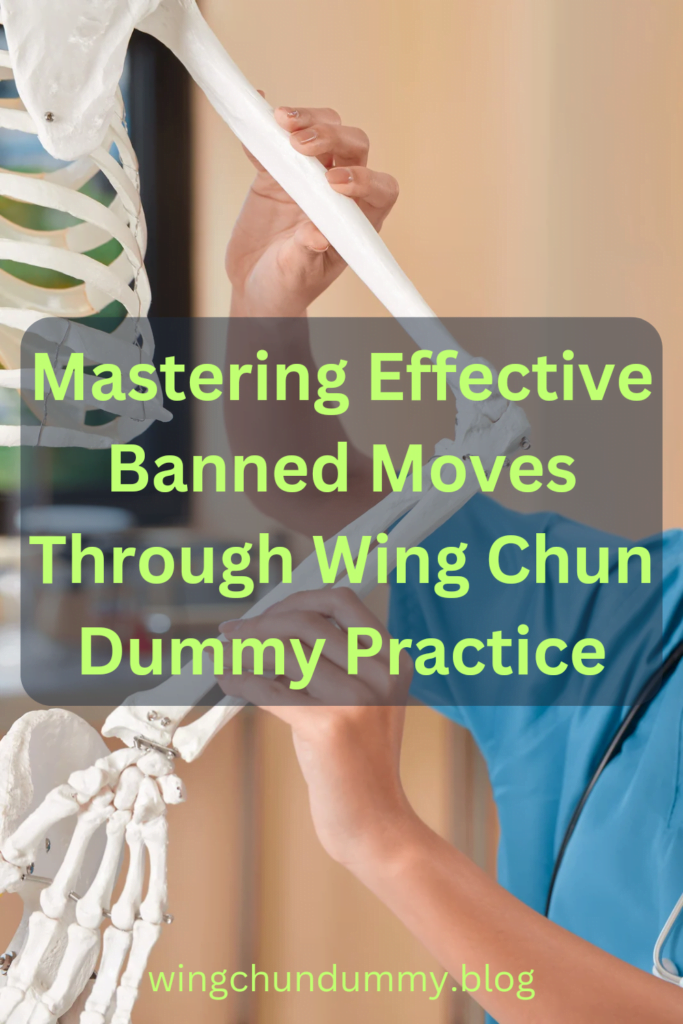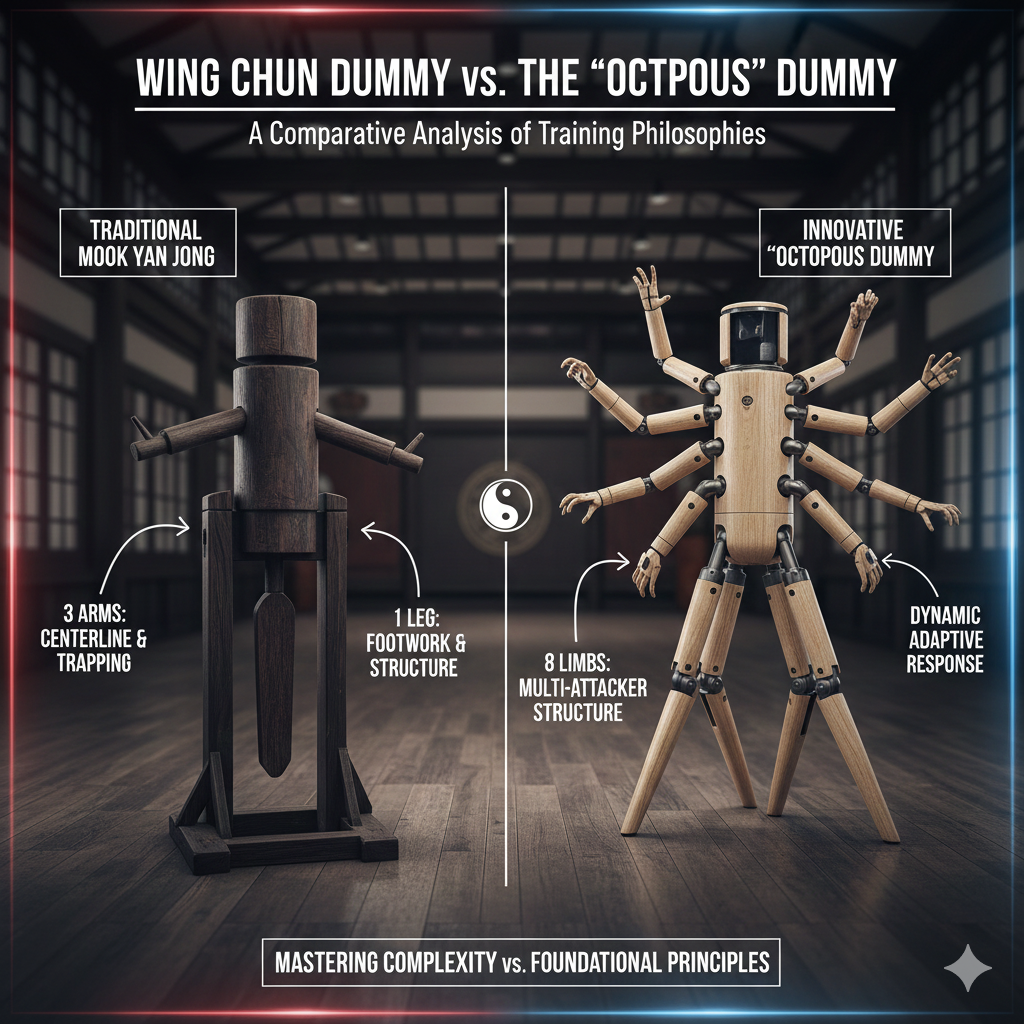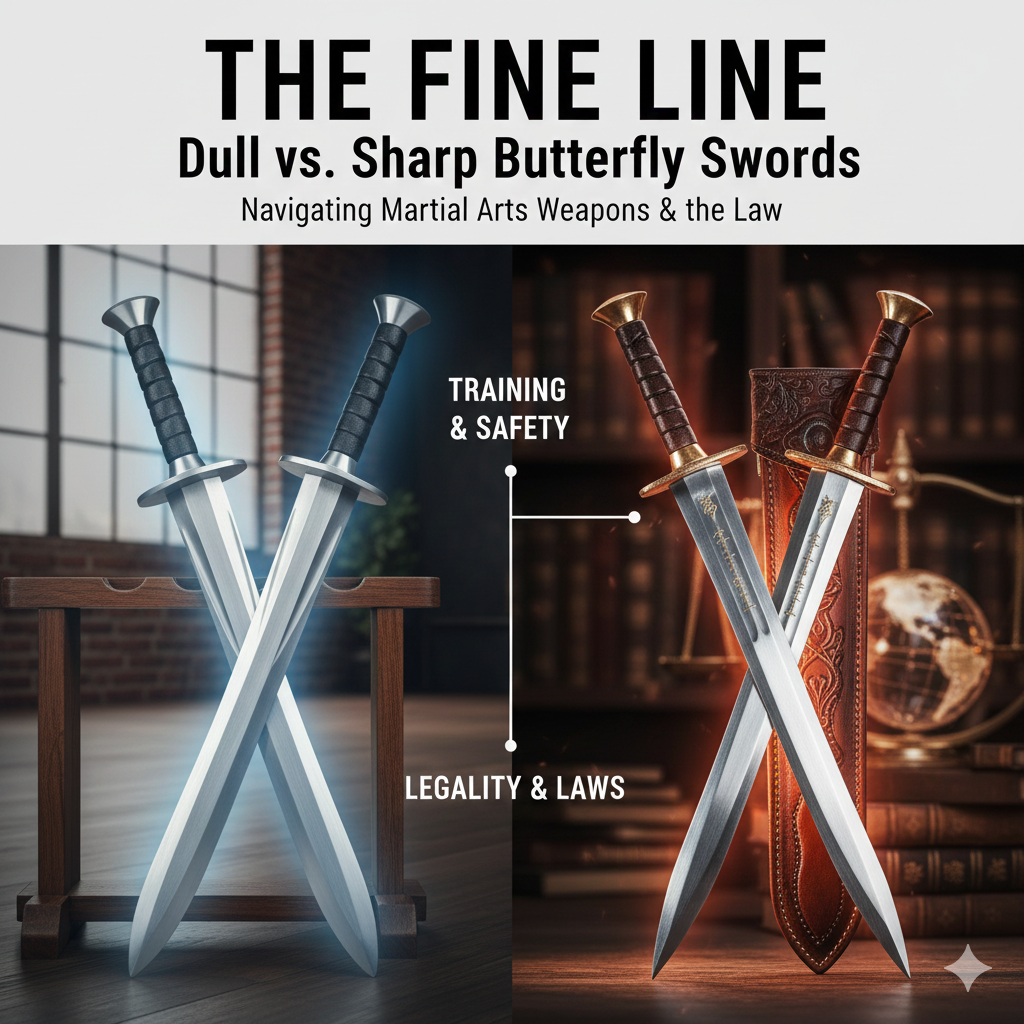Wing Chun is a traditional Chinese martial art that traces its origins back to the Southern Shaolin Monastery.
Developed during the Qing Dynasty by a Buddhist nun named Ng Mui, Wing Chun was designed to be a highly efficient and effective form of self-defense.
The core principles of Wing Chun focus on simplicity, directness, and economy of movement, which enable practitioners to neutralize opponents with minimal effort and maximum efficiency.
At the heart of Wing Chun’s training methodology is the concept of using the body’s natural mechanics to generate power and speed.
Practitioners are encouraged to maintain a relaxed yet alert stance, allowing for quick and fluid movements.
The emphasis on centerline theorybl — controlling the central line of the body to both attack and defend — ensures that movements are both practical and effective in real-world scenarios.
The Wing Chun dummy, known as the Muk Yan Jong, is an essential training tool that embodies these principles.
Traditionally made of wood, the dummy consists of a central trunk with protruding arms and a leg, simulating an opponent’s limbs.
Practicing on the Muk Yan Jong enables students to refine their techniques, improve their timing, and develop the necessary sensitivity to react to an opponent’s movements.
The Muk Yan Jong practice is not merely about striking the dummy; it is an intricate exercise in precision and control.
Each movement is designed to enhance the practitioner’s ability to execute techniques with accuracy and efficiency.
By repeatedly practicing sequences on the dummy, students learn to maintain proper structure, generate power from their core, and deliver strikes with optimal force.
In essence, the Wing Chun dummy serves as a bridge between theory and application, providing a tangible means for practitioners to internalize the art’s fundamental principles.
Through consistent practice, students can hone their skills, develop muscle memory, and achieve a deeper understanding of Wing Chun’s unique approach to self-defense.
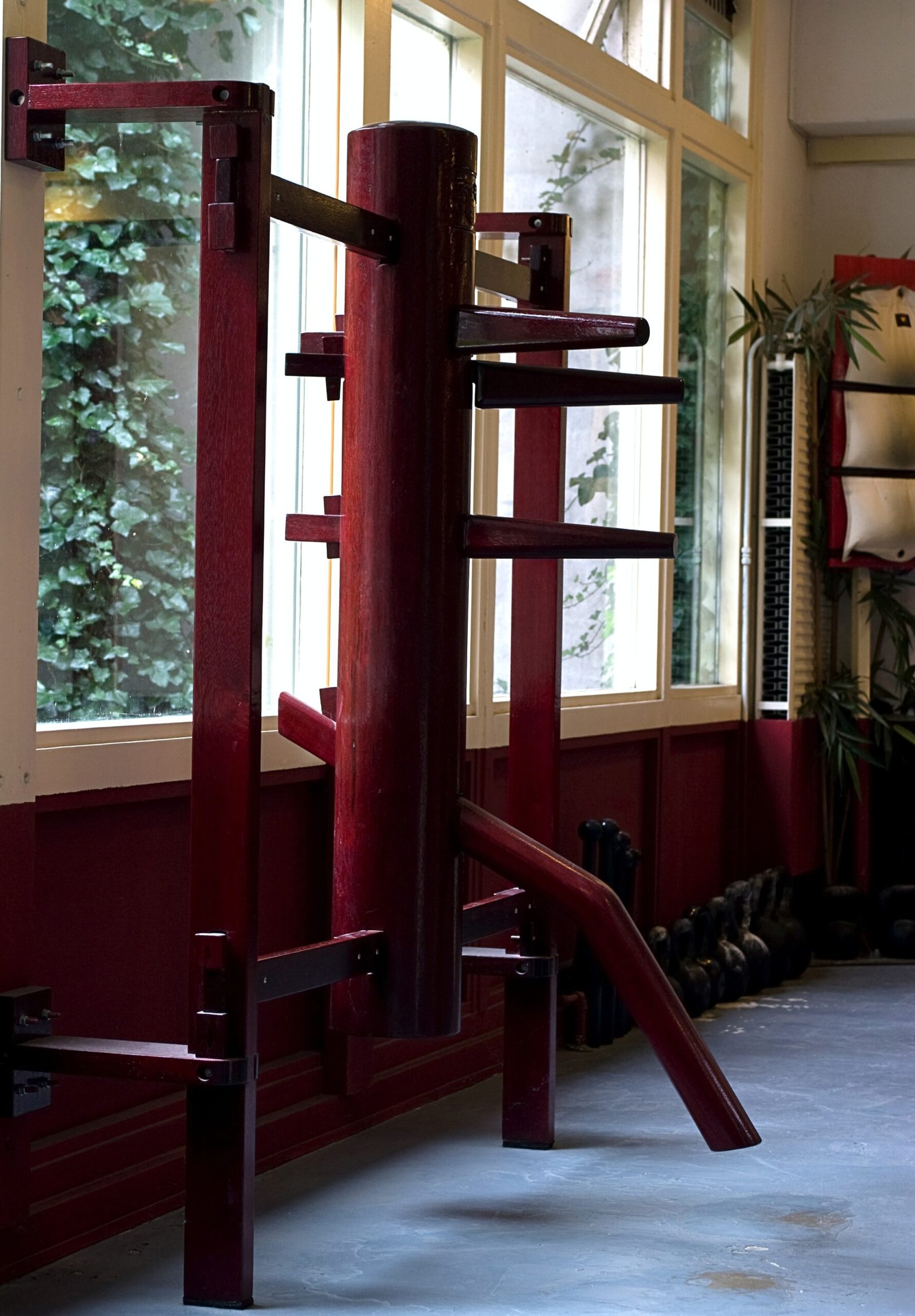
The Role of the Wing Chun Dummy in Training
The Wing Chun dummy, also known as the Muk Yan Jong, is an essential tool in the training regimen of Wing Chun practitioners.
Its primary function is to simulate an opponent, providing a realistic and tactile experience that enhances the practitioner’s skills.
The dummy, typically constructed from wood, is designed with three protruding arms and a leg, mimicking the human form to an extent that allows for the practice of various techniques in a controlled environment.
One of the key 🗝️ benefits of practicing with the Wing Chun dummy is the significant improvement in timing.
As the practitioner engages with the dummy, they learn to execute techniques with precision and speed, reacting to the dummy’s “movements” as they would to a real opponent.
This interaction sharpens reflexes and enhances the practitioner’s ability to anticipate and counteract attacks in live situations.
Moreover, the Wing Chun dummy is instrumental in developing precision.
Each strike, block, and maneuver must be executed with accuracy to be effective against the dummy’s rigid structure.
This precise execution translates to more effective self-defense techniques in real-world scenarios, where precise striking and blocking can make a crucial difference.
Additionally, the repetitive nature of training with the Wing Chun dummy aids in developing muscle memory.
Through consistent practice, practitioners engrain various techniques into their muscle memory, allowing for automatic and instinctive responses during combat.
This muscle memory ensures that techniques are executed flawlessly, even under the stress and pressure of a real confrontation.
The Wing Chun dummy also serves as a tool for refining body mechanics and structure.
Practitioners learn to maintain proper alignment and posture, which is critical for delivering powerful and efficient strikes.
This structural training helps prevent injuries and promotes the effective use of the body’s mechanics during combat.
In essence, the Wing Chun dummy is more than just a training apparatus.
It is a crucial element in the journey towards mastering Wing Chun.
Through its use, practitioners can achieve enhanced timing, precision, and muscle memory.
all of which are vital components in becoming proficient in this martial art.
Understanding Banned Moves in Martial Arts

Banned moves in martial arts are techniques that are prohibited in competitive settings due to their potential to cause serious injury or even death.
These moves can include strikes to vulnerable areas such as the eyes, throat, and groin, as well as joint locks and throws that could result in severe damage.
The primary reason for banning these techniques is to ensure the safety and well-being of all participants during competitions.
By restricting the use of such dangerous maneuvers, martial arts organizations aim to create a controlled and safe environment where practitioners can test their skills without the risk of life-threatening harm.
However, it is crucial for martial artists to be aware of these banned moves, especially when it comes to self-defense.
In real-life situations, where personal safety is at stake, understanding and potentially utilizing these techniques can provide a significant advantage.
For instance, a well-executed strike to a vulnerable area may be the difference between escaping an attacker and becoming a victim.
Therefore, while these moves are prohibited in competitive arenas, they hold substantial value in self-defense scenarios.
Responsible practice is paramount when it comes to mastering banned moves.
Martial artists must approach these techniques with the utmost caution and respect, recognizing their potential to cause serious harm.
Training with a Wing Chun dummy, for example, offers a controlled environment where practitioners can develop their skills without endangering a partner.
This method allows for the safe exploration of banned moves, ensuring that martial artists are prepared to use them effectively and responsibly if the need arises.
In summary, understanding banned moves in martial arts is essential for both competitive and self-defense purposes.
While these techniques are restricted in tournaments to protect participants, their knowledge and responsible practice can significantly enhance a martial artist’s ability to defend themselves in real-life situations.
By incorporating banned moves into their training with a focus on safety and control, practitioners can achieve a well-rounded and effective

Developing Power Strikes with the Wing Chun Dummy
In the practice of Wing Chun, the development of powerful strikes is a fundamental aspect that can be significantly enhanced through the use of the Wing Chun dummy.
This traditional training apparatus allows practitioners to refine their techniques, ensuring both precision and power in their strikes.
Among the most essential strikes in Wing Chun are the straight punch.
Commonly referred to as the Chain Punch, and palm strikes.
The straight punch, or Chain Punch, is characterized by its rapid succession and direct path towards the target.
The mechanics of this strike involve a straight-line motion from the practitioner’s centerline.
Focusing on the alignment of the wrist and fist to maintain structural integrity.
Proper alignment is crucial as it ensures that the force generated by the body is efficiently transferred to the point of impact.
When training with the Wing Chun dummy, practitioners can practice the repetitive nature of the Chain Punch.
Refining their speed and accuracy while also developing the necessary muscle memory to execute the strike effectively under pressure.
Palm strikes, on the other hand, offer a versatile alternative to fist ✊ 👊 strikes .
The mechanics involve an open-hand strike, where the heel of the palm makes contact with the target.
This technique is beneficial not only for its power but also for its ability to minimize the risk of injury to the striker’s hand.
Proper alignment in palm strikes requires the practitioner to ensure that their wrist remains straight and that the force is driven through the centerline of the body.
The Wing Chun dummy serves as an excellent tool for perfecting palm strikes.
Allowing practitioners to practice the strike’s timing, angle, and impact force in a control 💪 environment.
Utilizing the Wing Chun dummy for these power strikes also helps practitioners to develop a keen sense of distance and positioning.
The dummy’s structure mimics the human body.
Providing realistic feedback that is essential for honing effective combat techniques.
Through consistent practice, practitioners can enhance their striking power.
Ensuring that each strike is not only powerful but also precise and efficient.
Practicing Joint Locks and Breaks
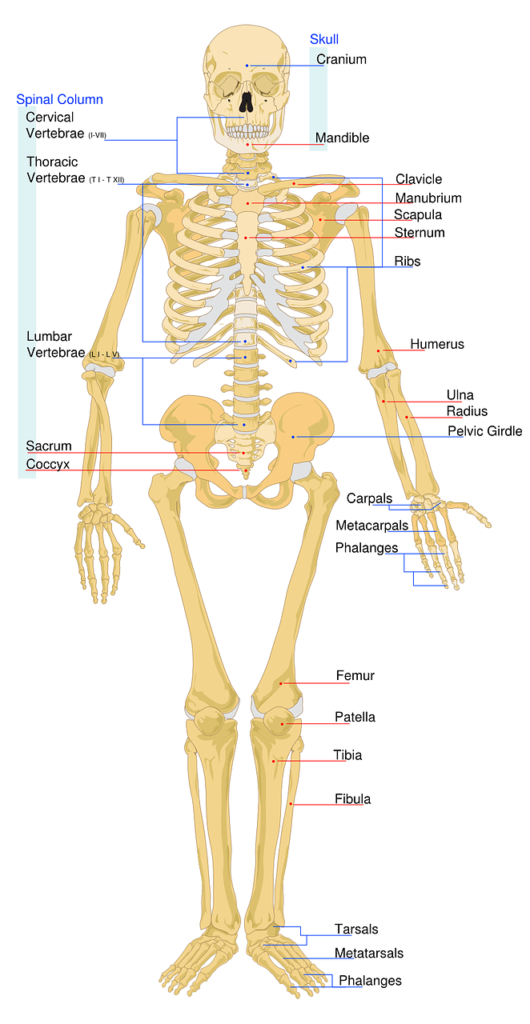
The Wing Chun dummy, an essential tool in martial arts training.
Offers practitioners a unique opportunity to refine techniques that are typically deem too dangerous for competitive fighting, such as joint locks and breaks.
These maneuvers, often classified as ban ❌ moves due to their potential to cause severe injury.
However, it’s require precision and control that can be effectively hone using the dummy.
One of the primary advantages of using the Wing Chun dummy for practicing joint locks 🤯 and breaks is its ability to simulate an opponent’s limbs.
Also, allowing martial artists to develop a keen sense of spatial awareness and tactile feedback.
For instance, 😂 wrist locks, which involve manipulating an opponent’s wrist to exert pressure on the joint.
It can be practice by positioning the dummy’s wooden arms at various angles.
This enables the practitioner to experiment with different hand placements and pressure points.

Ensuring that the technique is executed with maximum efficiency and minimal risk to the practitioner.
Elbow breaks, another potent technique.
can also be master through consistent practice with the Wing Chun dummy.
By adjusting the height and angle of the dummy’s arms.
Martial artists can simulate the conditions requires to execute a successful elbow break.
This involves applying force to the opponent’s elbow joint in such a way that it hyper extension or fractures.
The rigidity of the dummy’s arms provides valuable resistance.
It’s helping the practitioner to gauge the correct amount of force needed while maintaining control and precision.
Moreover, the repetitive nature of training with the Wing Chun dummy allows martial artists to internalize these complex techniques, making them second nature.
The wooden structure of the dummy ensures that practitioners can safely practice these high-risk maneuvers without inflicting harm on a training partner.
This not only enhances the practitioner’s skill level but also boosts their confidence in executing joint locks and breaks under realistic conditions.
In essence, the Wing Chun dummy serves as an indispensable tool for mastering joint lock 🔒 🔐 and breaks 💔.
It is offering a safe and effective means to practice these critical, yet often ban ❌ , moves in martial arts.
Training low kicks and leg sweeps using the Wing Chun dummy is an integral part of mastering effective ban ❌ moves in martial arts.
The Wing Chun dummy, with its wooden arms and legs.
It provides a stable and resilient target for practitioners to execute these techniques with precision and control.
By practicing on the dummy, martial artists can refine their form and timing.
Ensuring that each movement is execute with the correct mechanics and force.
Low kicks in Wing Chun are Design to target an opponent’s lower extremities.
Often aiming for the knees or shins to destabilize and incapacitate them.
When practicing low kicks on the dummy, practitioners focus on maintaining balance and delivering powerful strikes without overextending themselves.
The dummy’s structure allows for repeated practice.
Helping to build muscle memory and enhance the speed and accuracy of these kicks.
This consistency is crucial for real-life self-defense scenarios where quick and effective responses are necessary.
Leg sweeps are another essential technique that can be effectively practiced using the Wing Chun dummy.
A well-execute leg sweep can take an opponent off their feet.
Giving the practitioner a significant advantage.
The dummy assists in perfecting the angle and force required for a successful sweep.
By practicing leg sweeps on the dummy, martial artists can learn to execute these moves fluidly.
Ensuring they can transition smoothly between different techniques during a confrontation.
The effectiveness of low kicks and leg sweeps in self-defense scenarios cannot overstate.
These techniques can quickly neutralize an opponent.
Providing a critical edge in potentially dangerous situations.
The Wing Chun dummy is an invaluable tool in this regard.
Offering a consistent and reliable means to practice and perfect these maneuvers.
By integrating dummy training into their routine, practitioners can develop the necessary skills to perform low kicks and leg sweeps with confidence and precision, enhancing their overall martial arts proficiency.
Enhancing Reflexes and Reaction Time
In the realm of martial arts, particularly when executing effective ban ❌ moves.
The significance of reflexes and reaction time cannot overstate.
These attributes are pivotal as they determine a practitioner’s ability to respond swiftly and accurately to an opponent’s actions.
Training with the Wing Chun dummy offers an exceptional platform to enhance these critical skills.
Utilizing the Wing Chun dummy, practitioners can simulate real-life combat scenarios.
Allowing for the practice of rapid response techniques.
The dummy’s structure, with its protruding arms and Legs.
serves as a static opponent.
Presenting various angles and positions that require quick adjustments and reactions.
By repeatedly engaging with the dummy, martial artists can develop muscle memory.
Which is crucial for executing banned moves with precision under pressure.
Incorporating reflex drills into Wing Chun dummy practice is essential for maximizing the benefits.
One effective method is to practice sequences of movements at varying speeds.
Begin with slow, deliberate movements to ensure proper form and technique.
Then gradually increase the speed.
This gradual escalation trains the nervous system to adapt to faster paces, ultimately enhancing reflexes.
Another valuable drill involves the use of visual and auditory stimuli.
For instance, practitioners can have a partner call out specific moves or use a timer to signal when to switch techniques.
This unpredictability mimics real combat situations.
opponents are constantly changing their tactics.
By responding to these cues, martial artists can improve their reaction time and adaptability.
Moreover, integrating footwork drills with dummy practice can significantly boost reaction time.

Effective footwork ensures that practitioners can position themselves optimally to deliver banned moves while avoiding incoming attacks.
Practicing swift and precise foot movements in conjunction with dummy techniques fosters an agile and responsive fighting style.
In summary, enhancing reflexes and reaction time through Wing Chun dummy practice is integral for mastering effective banned moves.
By incorporating various reflex drills, practitioners can develop the necessary speed and accuracy to respond to opponents’ actions seamlessly.
This comprehensive approach not only sharpens physical abilities but also cultivates a heightened state of mental alertness, essential for any martial artist.
Responsible Practice and Ethical Considerations
When training with Wing Chun dummy techniques that include ban ❌ moves.
it is paramount to approach practice with a sense of responsibility and ethical awareness.
Mastering these techniques requires not only physical prowess.
Also a mindset guide towards safety, respect, and integrity.
While Wing Chun offers highly effective methods for self-defense.
The potential for causing significant harm necessitates a discipline and conscientious approach.
One of the foremost ethical considerations is prioritizing the safety 🦺 of both oneself and others.
Practitioners must be acutely aware of the power and impact of ban ❌ moves.
These techniques should be practices in a controlled environment.
Ensuring that all participants understand the risks is involves.
It is crucial to use proper protective gear and follow guidelines to minimize injury during training sessions.
Respect for fellow practitioners and opponents is another essential aspect.
Wing Chun, like many martial arts, is builds on a foundation of mutual respect and honor.
This means that the skills you have learned should never use to dominate or harm others unnecessarily.
The ultimate goal of mastering these techniques is to enhance one’s ability to protect oneself and others in real-world situations, not to exploit or intimidate.
Furthermore, responsible practice involves continuous self-reflection and ethical judgment.
Practitioners must constantly assess their motivations and intentions.
The focus should be on personal growth, self-discipline.
And the betterment of the martial arts community.
By fostering a mindset of ethical responsibility.
Practitioners can ensure that their training contributes positively to their lives and the lives of those around them.
Using Wing Chun techniques, especially those involving ban ❌ moves.
It demands a high level of moral responsibility.
Practitioners are encourage to commit to using their skills exclusively for self-defense and the protection of others when necessary.
Through responsible practice and ethical considerations.
Wing Chun practitioners can master effective techniques while upholding the principles of respect, safety, and integrity.

